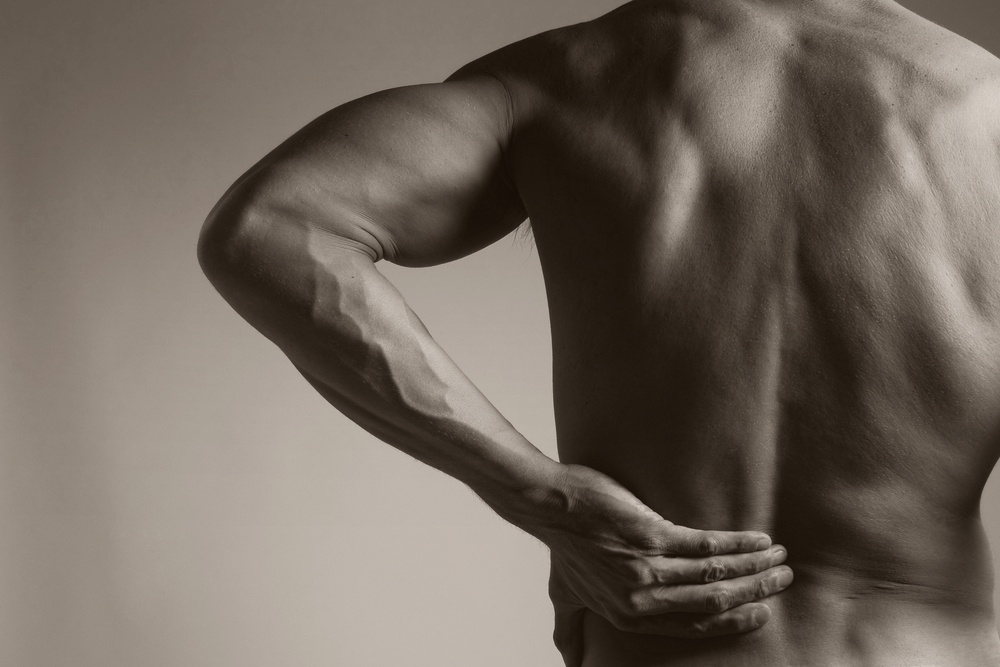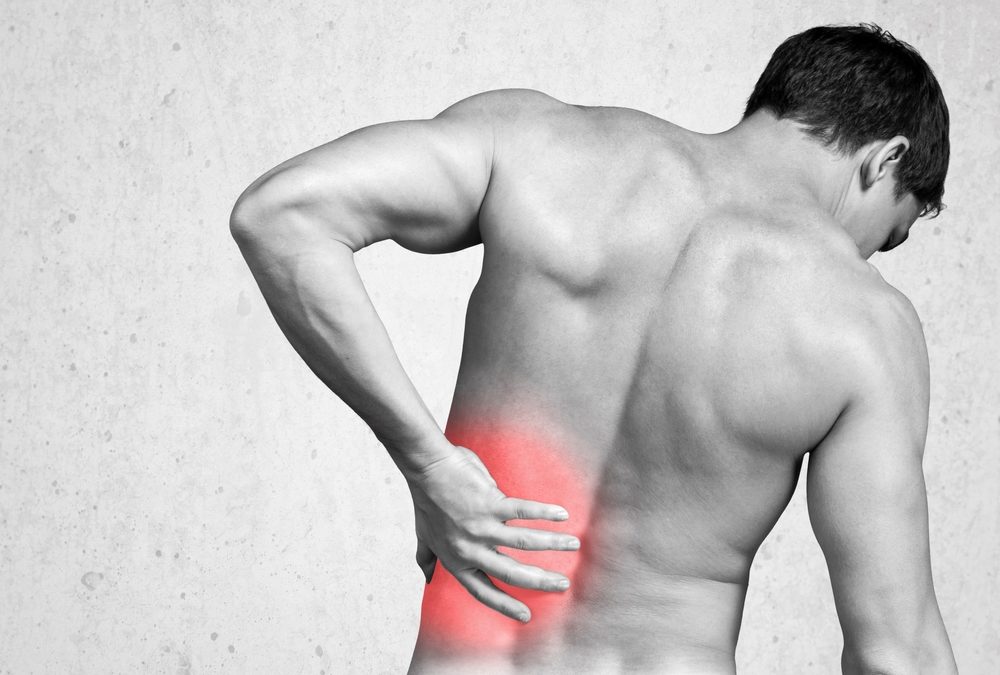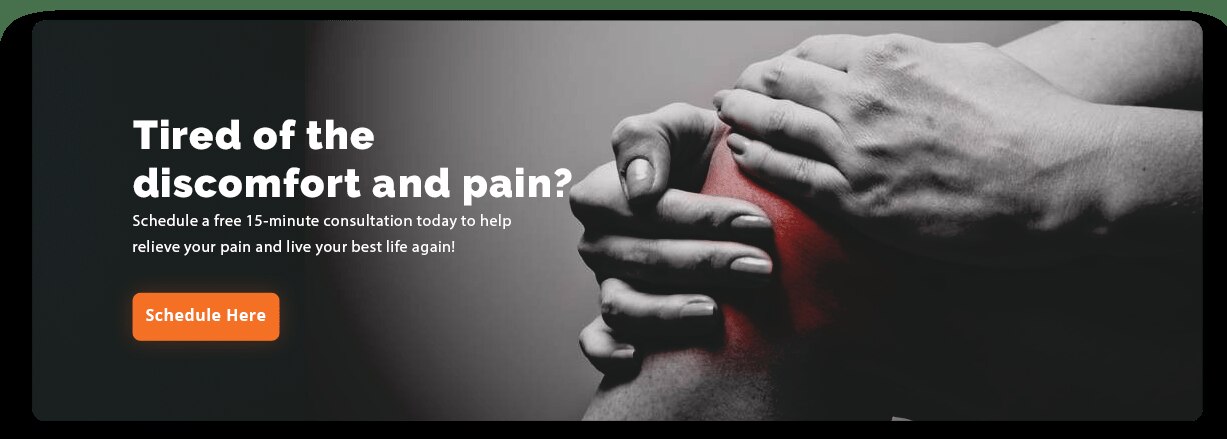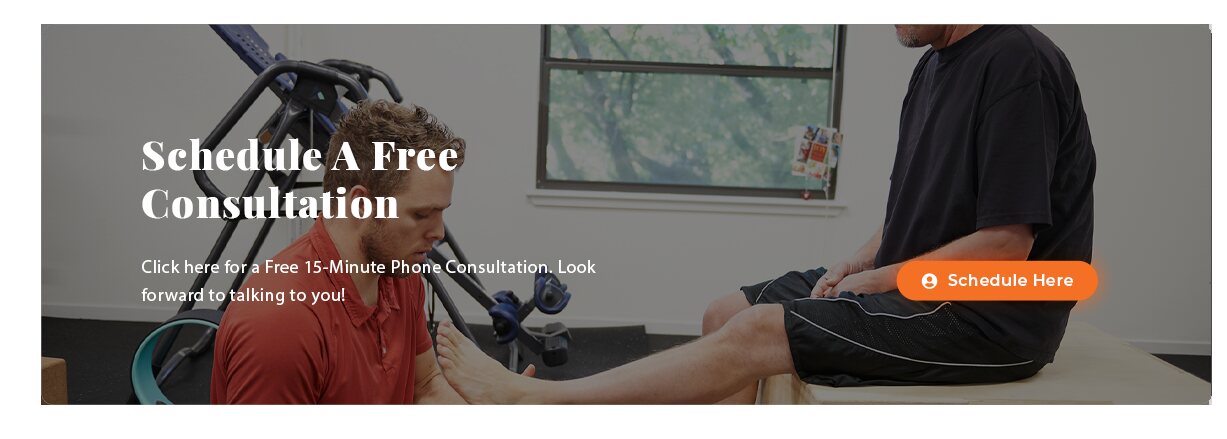“Even if you’re on the right track, you’ll get run over if you just sit there.” – Will Rogers
It doesn’t matter whether we are working at the office or working from home – at our desks and cubicles in town, or at the kitchen table at home, we’re still sitting most of the time that we’re working.
While this isn’t true for everyone, it’s true for a vast majority of Americans. And it’s killing us.
Too Many of Us are Sitting to Death
While that might seem like a bit of clever hyperbole, it’s deadly accurate (pun intended!)
A sedentary lifestyle compounded by sitting all day at work is responsible for several health issues in people including high blood pressure and heart disease. But, for most of us, it’s mainly the cause of a great deal of the back pain we may be experiencing.
This pain is often the result of muscular imbalances in our bodies.
An article describing this condition noted,
“Daily activities such as lifting groceries, picking up your child, [and] sitting at a computer all day, can lead to muscle imbalances. This imbalance means that the muscles and connective tissue on one side of your body may be short and tight, while the other side is long and weak, for example.”
Muscle imbalances are quite common for those who spend a majority of their time sitting and are a major cause of the daily aches and pains we experience, not to mention many subsequent overuse injuries.
Common symptoms of a muscle imbalance are muscle tightness, limited range of motion, low backaches, and knee pain. Excessive periods of sitting can result in tight hamstrings, pectoral muscles, and hip flexors, all of which can lead to back pain and poor posture.

Why does sitting like this cause pain? Here’s how one article explains it,
“Those who sit for long periods of time tend to hunch their shoulders and head forward, causing tight chest muscles and weaker upper-back muscles. The hip flexors on your upper thigh also shorten while sitting and pull the pelvis forward, causing lower back pain.”
In addition, this type of muscular imbalance can cause people to stand or sit with their head pulled forward and their back rounded, a type of poor posture known as kyphosis.
Back Pain from Chronic Sitting: Prevention and Treatment
If your job requires that you sit for the majority of your day, there’s still good news. The Mayo Clinic notes that analysis of data from more than one million people found that 60 to 75 minutes of moderately intense physical activity a day countered the effects of too much sitting.
In addition, they offer some practical tips for desk-bound individuals who want to prevent back pain and other health issues:
- Take a break from sitting every 30 minutes.
- Stand while talking on the phone or watching television.
- If you work at a desk, try a standing desk — or improvise with a high table or counter.
- Walk with your colleagues for meetings rather than sitting in a conference room.
- Position your work surface above a treadmill — with a computer screen and keyboard on a stand or a specialized treadmill-ready vertical desk — so that you can be in motion throughout the day.
Sitting can also increase pain.
Even if you’re reasonably active, hours of sitting will tighten the hip flexor and hamstring muscles and eventually stiffen the joints themselves. Tight hip flexors and hamstrings can contribute to lower back pain and knee stiffness, conditions that affect many people.
Prevention is a good thing, of course. And being conscientious and intentional about breaking up your periods of sitting, and walking, or even doing simple calisthenics a few times during the day is essential.
But what do you do when the pain has already set in and it won’t go away?
Chronic back pain resulting from prolonged periods of sitting every day plagues millions of Americans. Most of them suffer while only treating the symptoms. And often with medications.
However, at Pain and Performance Solutions, we understand that the real causes of your back pain are not located where you feel pain. Through the use of bodywork applications such as therapy.
Active Release Techniques ® or ART® treatments can restore flexibility, balance, and stability to the painful area as well as for your entire movement sequence.
The ART® process is unique and the results are well-documented. There are no known side effects and most conditions, such as chronic back pain, along with muscle strains and other musculoskeletal disorders, are resolved in less than half a dozen treatment sessions.
Finding Chronic Back Pain Relief with Pain and Performance Solutions
Finding relief for chronic back pain begins with a visit to Pain and Performance Solutions. Once you arrive for your first appointment, we’ll ask you about your present discomfort as well as any history of discomfort, so we can get to know you and your pain issues.
After a full examination, we can determine which form of treatment is needed to help you on your road to recovery.
Once an injury or gradual dysfunction occurs, your body will attempt to compensate for pain, this can allow you to move on with your day. However, your body can also shift that pain around to compensate for your discomfort and this can lead to other forms of pain.
Getting neck pain relief with ART® begins when we understand where your pain started. That could mean it started with a previous injury you might have sustained.
Your trust in us is key, as is your honesty. Ultimately, getting your body working properly and healthy is the only way to achieve total recovery, so don’t hesitate to reach out. We are here to help and will answer any questions that you may have. You can reach us at (707) 636-4404 or by filling out our online contact form.
FAQs About Back Pain and Prolonged Sitting
Why does sitting cause back pain?
Sitting for extended periods leads to muscular imbalances, tightening chest muscles, weakening upper-back muscles, and shortening hip flexors, which can all contribute to lower back pain and poor posture.
How does chronic sitting affect our health?
Prolonged sitting increases the risk of health issues like high blood pressure, heart disease, and back pain due to decreased physical activity and muscle imbalances.
What are the symptoms of muscle imbalances from sitting?
Muscle tightness, limited range of motion, low backaches, and knee pain are common symptoms of muscle imbalances caused by excessive sitting.
Can sitting also lead to poor posture?
Yes, sitting for long periods can cause kyphosis, a type of poor posture characterized by a rounded back and forward head posture.
How can I prevent back pain from sitting all day?
Taking breaks every 30 minutes, using a standing desk, and incorporating moderate physical activity into your daily routine can help prevent back pain associated with prolonged sitting.
What can I do if I’m already experiencing back pain from sitting?
If you’re suffering from chronic back pain, consider seeking treatment from specialists like Pain and Performance Solutions, who offer unique therapies like Active Release Techniques® (ART®) for effective pain relief.
How does ART® help with chronic back pain?
ART® treatments aim to restore flexibility, balance, and stability to the painful area, providing relief from chronic back pain and musculoskeletal disorders in just a few sessions.
Are there any side effects of ART® treatments?
ART® treatments are safe and well-documented, with no known side effects, making them a reliable option for addressing chronic back pain.
What should I expect during my visit to Pain and Performance Solutions?
During your first appointment, the specialists will conduct a thorough examination to determine the best treatment plan tailored to your specific needs and history of discomfort.
How can I get started with chronic back pain relief?
To begin your journey towards relief from chronic back pain, reach out to Pain and Performance Solutions at (707) 636-4404 or through their online contact form. They’re dedicated to helping you achieve total recovery and wellness.


